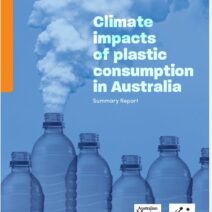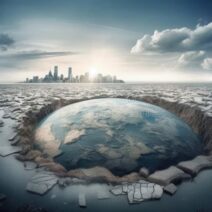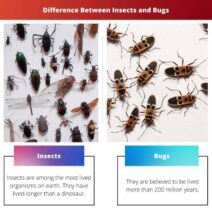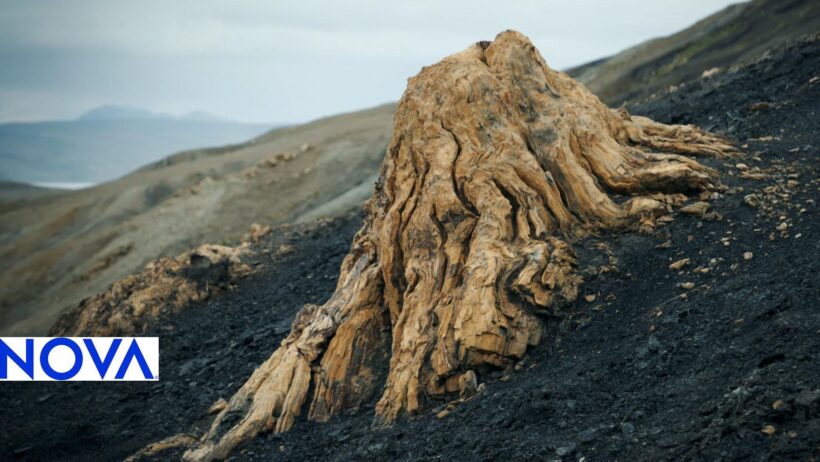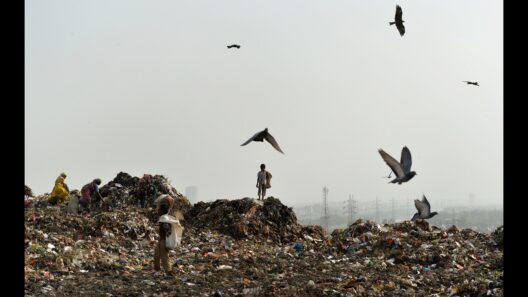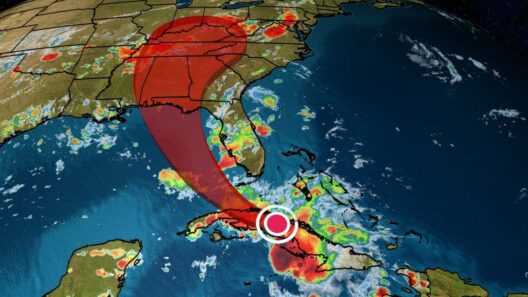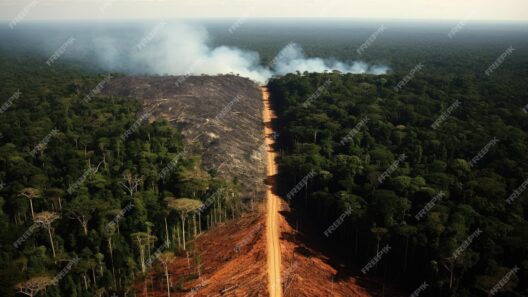The Arctic region, often characterized by its sprawling ice sheets and frigid temperatures, evokes images of a stark landscape devoid of life. However, beneath its seemingly desolate exterior lies a complex and dynamic climate system that profoundly influences global weather patterns and ecosystems. Understanding the Arctic climate, with its polar extremes and fragile beauty, requires a nuanced appreciation of both its current state and the looming challenges of climate change.
The Arctic is defined by its cold climate, marked by long, harsh winters and short, cool summers. Temperatures can plunge as low as -40 degrees Fahrenheit in the winter, while brief summer months might see temperatures rise to a maximum of about 50 degrees Fahrenheit. Precipitation is sparse, primarily falling as snow. Despite these conditions, the region is not devoid of life. A surprising array of flora and fauna thrives here, adapted to its unique challenges. The tundra, a biome found in this region, bursts into a tapestry of colors in the summer months, with resilient plants like mosses, lichens, and low shrubs providing a vital ecosystem for various species.
Central to understanding the Arctic climate is the phenomenon of polar extremes. These extremes are not only temperature variations but also the dramatic differences in seasonal daylight. The Arctic experiences a unique solar cycle, where it endures continuous daylight for several weeks in the summer, known as the Midnight Sun, and prolonged darkness in the winter, creating an ecological rhythm that influences everything from animal migration patterns to plant growth cycles.
As we delve deeper into the climatic intricacies, the role of sea ice cannot be overstated. Sea ice acts as a critical buffer in regulating the Earth’s temperature, reflecting sunlight back into the atmosphere and moderating ocean temperatures. However, the alarming rate at which Arctic sea ice is diminishing due to climate change poses significant threats. Over the past few decades, scientists have observed a drastic reduction in both the extent and thickness of this vital ice cover. This not only endangers marine species such as polar bears and seals, which rely on ice for hunting and breeding but also disrupts indigenous communities that have depended on these ecosystems for millennia.
Furthermore, the melting ice contributes to sea level rise—a global concern with grave implications for coastal communities and ecosystems around the world. As ice sheets and glaciers recede, they release freshwater into the ocean, altering salinity levels and changing oceanic circulation patterns. This disruption can lead to severe weather events, such as intensified storms and unpredictable precipitation patterns, which can have cascading effects far beyond the Arctic itself.
The Arctic climate is also influenced by complex atmospheric phenomena. The polar vortex, a large area of low pressure and cold air surrounding the poles, can shift and allow cold Arctic air to sweep into temperate regions. This can cause anomalous weather patterns, including bitter cold snaps or unusual warmth, showcasing the interconnectedness of the climate systems worldwide. Events like these highlight the precarious balance within the global climate system and underscore the importance of monitoring the Arctic’s changes.
Amidst these challenges, the Arctic remains a site of breathtaking beauty. The landscape is adorned with magnificent glaciers, deep fjords, and a rich array of wildlife. Whales gliding through icy waters, foxes roaming the tundra, and an astonishing variety of bird species are all part of this rich tapestry of life. Additionally, the Northern Lights dance across the sky, adding an ethereal dimension to an already extraordinary environment. This fragile beauty is a reminder of nature’s resilience, yet it is increasingly threatened by human activities, primarily fossil fuel extraction, shipping routes, and tourism, which are encroaching upon this pristine landscape.
To embrace a shift in perspective, one must acknowledge the intrinsic value of the Arctic beyond its resources. The region is not merely a barren wasteland; rather, it embodies a vital component of the Earth’s climate system and harbors irreplaceable natural treasures. The Arctic has been an integral part of the global narrative, influencing weather systems and serving as an indicator of climate change impacts. Protecting this region should be at the forefront of environmental efforts since the consequences of inaction resonate far beyond its icy borders.
The urgency of addressing climate change in the Arctic cannot be overstated. Collaborative international efforts, policy changes, and increased public awareness are pivotal in preserving this fragile ecosystem. Through education and advocacy, we can foster a greater understanding of the Arctic’s importance and its role in maintaining the delicate balance of our planet’s climate. Engaging community stakeholders, indigenous voices, and scientific communities will be essential in formulating holistic strategies that prioritize sustainable development and environmental stewardship.
Ultimately, as we confront the challenges of climate change, the Arctic region offers not only profound scientific insights but also an opportunity for growth and understanding. It implores us to recognize our place in the broader ecological narrative and to act with responsibility towards a region that symbolizes both vulnerability and resilience. The fate of the Arctic is undeniably interwoven with our collective future, demanding both introspection and proactive measures as we navigate the complexities of a warming world.
